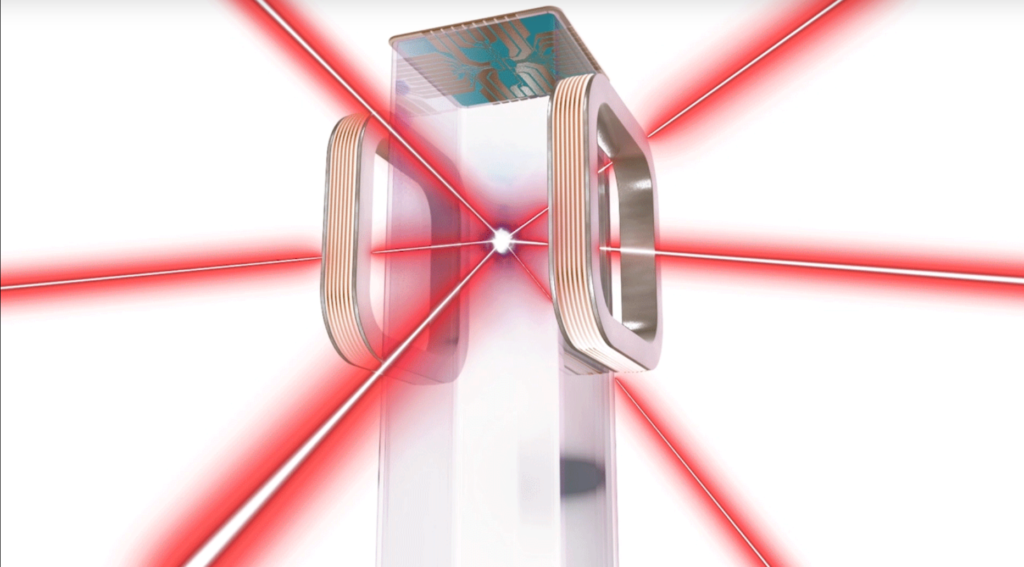With NASA’s Cold Atom Laboratory (CAL) aboard the International Space Station (ISS), scientists can now study the quantum properties of individual atoms and quantum chemistry. Quantum gas containing two types of atoms is produced for the first time in space, and quantum technologies can also be brought into space. The work is described in the journal Nature, published on November 15.
This could allow a better study of planets, including Earth, and help solve mysteries of the universe, in addition to strengthening our understanding of nature’s fundamental laws. With this new capability of the CAL, the study can focus on how distinct types of atoms interact and combine in a quantum state and experiments can be performed in microgravity.
Jason Williams of NASA’s Jet Propulsion Laboratory (JPL) in Southern California, project scientist for the CAL and a co-author on the new study, said “What we’re doing with cold atom science, in general, is looking for and learning about new tools that nature gives us,”, adding that “It’s like we’ve discovered a hammer and we’re just starting to investigate all the ways we could use it.”
The experiment was remotely operated by scientists with NASA’s JPL. With the size of a small refrigerator, the laboratory created ultra-cold atoms at fractions of a degree above absolute zero. In this state of matter, the atoms act more like waves than particles, different from any known state of matter on Earth such as gas, liquid, solid, and plasma. Furthermore, the facility has already produced the Bose-Einstein Condensates (BECs) from rubidium atoms.
According to a 2022 JPL news release, Robert Thompson, CAL project scientist and a physicist at NASA’s JPL in Pasadena, California, said “Having a BEC experiment operating on the space station is a dream come true,”, adding “It’s been a long, hard road to get here, but completely worth the struggle because there’s so much we’re going to be able to do with this facility.”
Image & Article Source: NASA/JPL-Caltech






